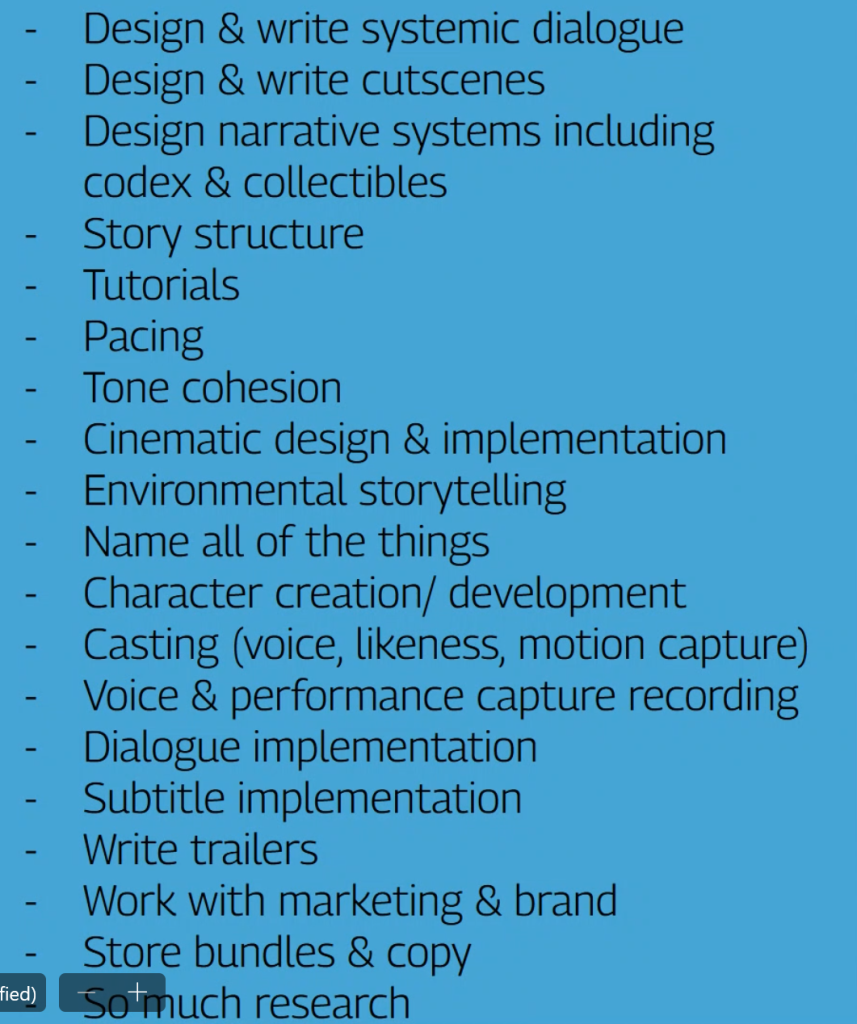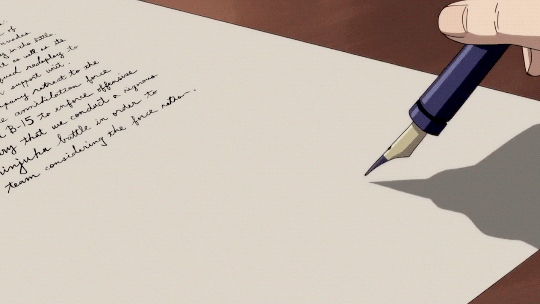I’m planning to use Reading Week to catch up my posts (as I had them broadly finished but not yet posted; I still had to clean up some paragraphs and find good images for them) and actual reading (which I have shamelessly neglected for 3 weeks). This is also the week we’re getting our formative feedback, so its doubly important I have my website up to date. For FF, I will need a GDD overview and a presentation next week for yet more feedback, this time from my class.
My mini-GDD requires these points:
- Working Title
- Genre, Intended Target Audience
- Essential experience
- A short one-two sentence pitch for the game
- 3 Game Pillars: Each pillar should have a short 1-2 sentence explainer next to it
- Core Game Loop: With key actions and resource flow
- Small sketch mock-up of the screen with explainers – what does it roughly look like
So I created a PDF file for my tutor. This was the feedback she gave me.
Feedback:
- Overall good, with an interesting premise
- The GDD needs to be clearer. Add in sketches for greater clarity
- Got the idea of the game pillars and minor/major focuses wrong
- She also suggested I look into novels like 1984
Guest Speaker: EMILY BUCK
During Reading Week, I was able to crash a lecture for the third years by Emily Buck, a Narrative Director who has worked for INCOGNITO, TellTale Games, Lucid, Ubisoft Reflections, and currently EA Dice. She gave us advice for writing in games and how to write for stories that interact with the player; the industry and a narrative designer’s place in it; and general advice that would help anyone.
“The purpose of a storyteller is not to tell you how to think, but to give you questions to think upon.” – Brandon Sanderson
WRITING IN GAMES:
- Every game has a story, whether the devs intended to create one or not. It’s up to narrative writers and game designers to make sure the story and gameplay align.
- Game story is complex; even linear game stories aren’t really linear because of player action. You should never TELL a player the story. If the story isn’t playable, it isn’t a game. It must have player involvement and a loop of feedback.
- Ludo-Narrative Dissonance is when the story the game is trying to tell and the player actions don’t line up. For example, the Uncharted game tries to tell a story about moralism; you play as what’s supposed to be the “good guy”. However, the actions the player can perform aren’t that of a good person, as they are allowed to kill the indigenous population. There is a dissonence between gameplay and story that ruins the theme, and hasn’t aged well.
- Not every game will have dialogue. Stories are more than words; a good narrative designer knows how to use this.
- Learn about story structures and story TRENDS!!!!! Knowing about them helps you understand where you can bend the structure to the player’s actions; where a plot twist will and will not be effective; and the types of stories that will sell well to certain demographics.
- Learn as many barks as you can. Get good at writing barks.
- If you CAN give the player agency in a game aspect, DO
- Be clear on what players can and cannot influence. Fake dialogue options only give the illusion of affecting the story, and it gets annoying fast.
- Worldbuilding and lore is arguably the most important part; it must feel planned and cohesive and must fit in with the rules and values of the world.
- People come to games to escape and feel seen. Construct your stories around this; don’t punish the player for engaging.
- Workshop like hell. Big studios workshop even in the concept stage. It’s better this way, rather than having to do-over the narrative when the game is halfway finished.
NARRATIVE DESIGNER AND THE INDUSTRY:
- There are many branches into the game writing industry. Emily went to school for acting and writing, and broke in with educational games. She knows people in the industry who were programmers and traditional game designers, television and comic book writers… All of them know how to write high quaility, interactive stories, with a technical understanding of narrative design.
- Narrative designer’s aren’t the boss. Games are collaborative. It means you provide direction and cohesion to the world, dynamic characters, grounded gameplay, cinematics you don’t want to skip, and connections to marketing/branding. But you don’t do everything. You discuss with the other departments!!
- Narrative design and game writing are two sides of the same coin. Sometimes they are two jobs, someties they are one. Some companies have additional specialisations:
- Narrative editor
- Edits the overall story
- Loremaster
- Most prevelent with large IP’s, and ensures that all new aspects of any game fits within the existing world
- Narrative systems designer
- Know narrative design but does technical and systemic aspects with brancing procedural work
- Narrative cinematics designer
- Straddles the difference between cinema and narrative, cheoreography, camera work
- Technical narrative designer
- Similar to SD, focused on implementation and programming, does a lot of subtitle and voice over and codex
- Voice over designer
- Could live in narrative or audio, designs the voice systems and record and work on casting
- Narrative QV/QA
- Knows a lot about story structure and keyed into story continuity issues
- Narrative editor
- Emily herself leads a huge narrative team! 23 people across 4 time zones! Her work includes:

GENERAL ADVICE
- Remember: Narrative designer as a job has only been around for around a decade!!
- For a portfolio, she wants to see:
- Planned out characters and bios
- Game des docs
- Codex entries and descriptions for collectibles
- Types of things players can see in menus
- Flowcharts of branching documents
- Plans of how to put a scene together
Questions:
- How do you write a narrative for board games?
- What are you asking the player to do, and how does it match or not match in the world it operates in? Most exciting part is how to guide the player interactions with each other and how it fits into the overall story.
- Is storyboarding in narrative design?
- Storyboarding is not within the narrative design generally
- How do you write interactivity in linear stories?
- Why do you want the linear story to be interactive? What do you want the player to explore? What deviates from the character or world that the player is allowed to do? What themes are you exploring, what choices do you want them to make? Answer these questions to find out where to place the interactivity.
- What if you have an environment, but no narrative?
- What are some of the interesting themes and concepts about the environment that make it unique? What attracts people, and work from there to look at concepts that you could explore. Let that guide you to a mechanic, and to a story and characters.

Leave a Reply